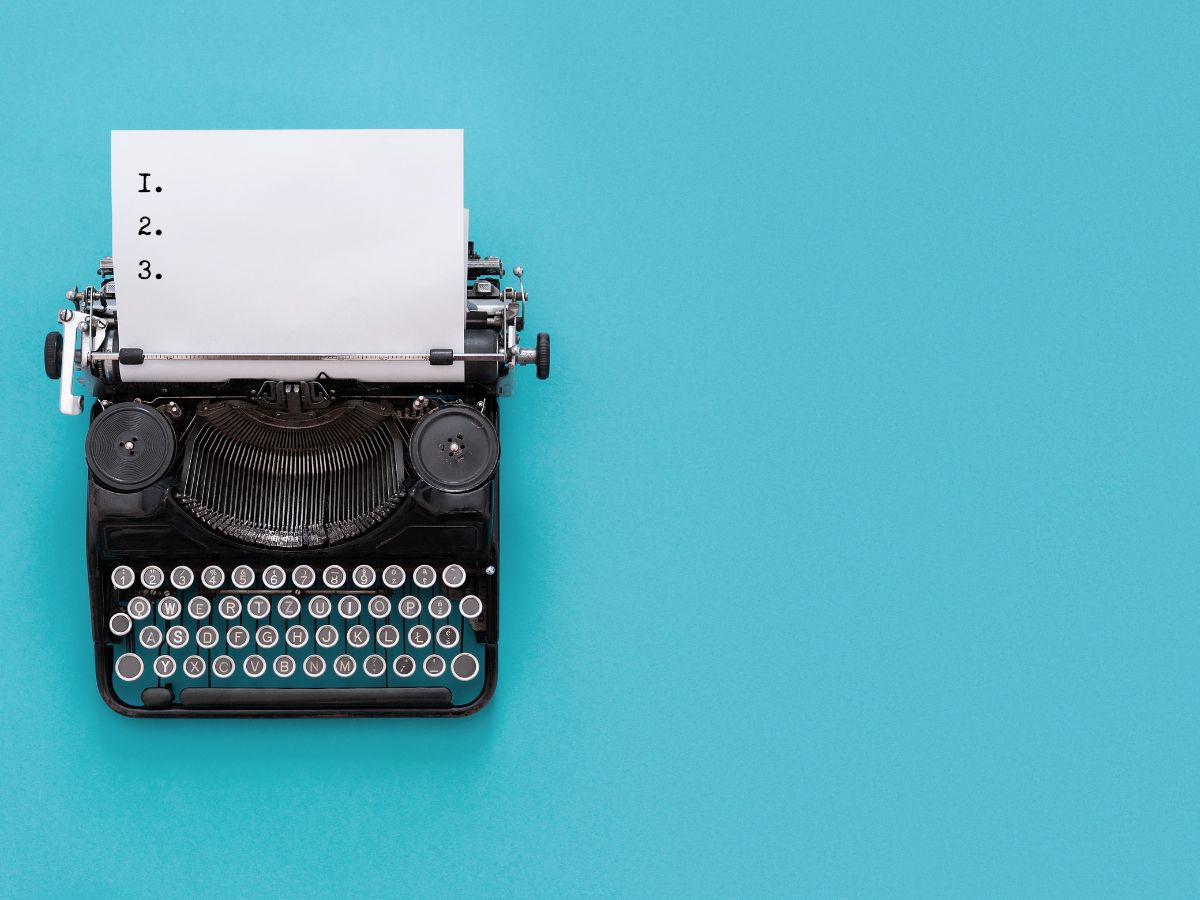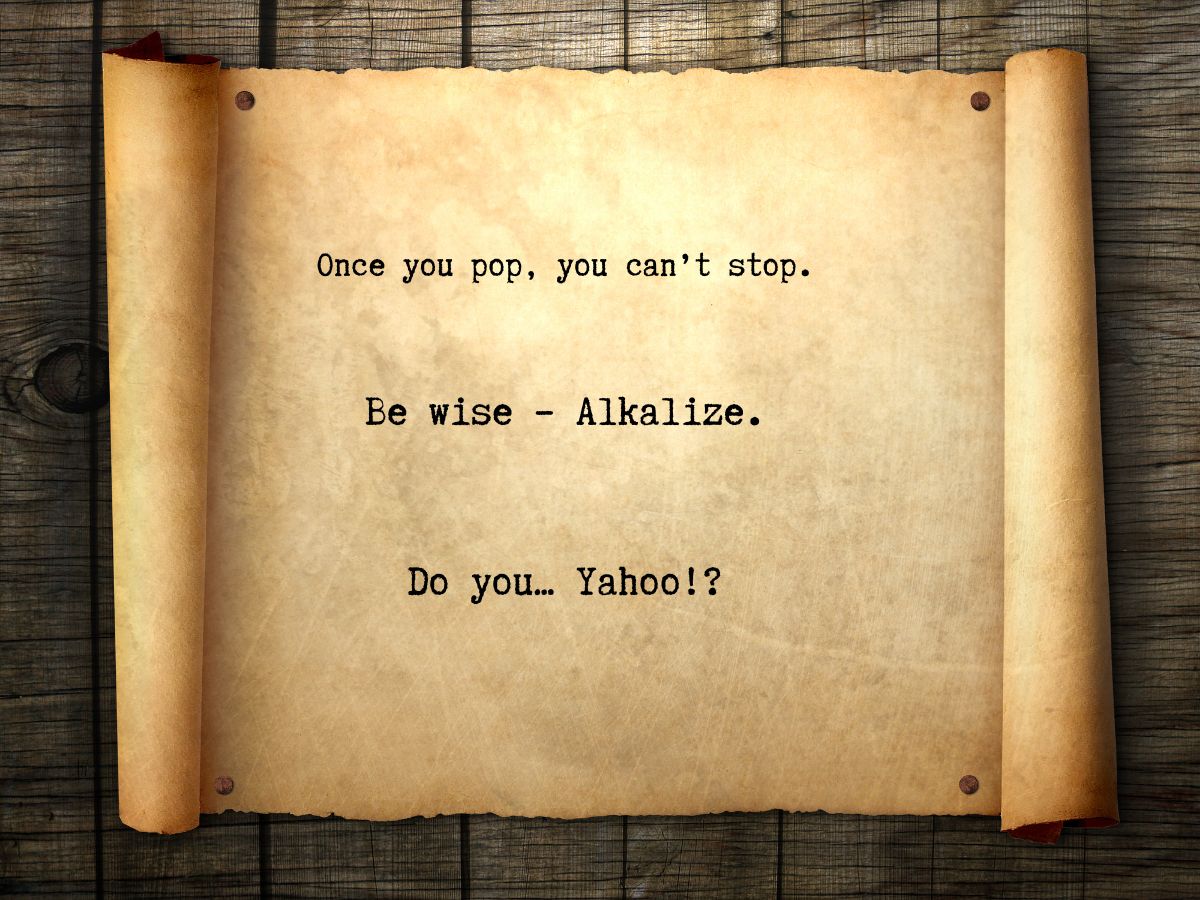The secret to persuasive writing is psychology.
As a copywriter, you (hopefully) won’t need to hold therapy sessions for your clients. But you do need to have a couple of psychology tricks up your sleeve to ace their copy.
Understanding how humans act and buy is one quality that separates the top 1% of copywriters from the rest.

Here, we explore 10 psychological principles that make writing more memorable, confident, and effective.
Plus, we provide actionable tips for implementing these psychological principles in your writing.
Because theory will only get you so far…
#1 Social Proof; You’re Simply the Best, Better Than All the Rest
Why is social proof important in copywriting? Genuine client testimonials on LinkedIn pages, ads and websites are integral for showing you’re trustworthy. And that the product you sell works.
People want to invest their time and money in things that will bring them results. They want to know what they can expect. Social proof shows it did so for others who invested in you.
The fact is, even if someone finds your social media and website, they won’t trust you right away.
A study by Towers Watson revealed that it takes seven months for another person to trust you. If you work in marketing, you know that a prospect has to see an ad seven times until they buy.
As a copywriter, you don’t have seven months to build trust — or even seven times before they decide to buy.
What you do have is social proof.
Applying Social Proof in Your Copy
When we audit a client’s site (to freshen up or rewrite their website copy) one of the things we check first is — does it feature the “what others say about us” section.
Let other people say how great your service or product is. After collaborating with clients, we make sure to ask for a testimonial for Word Nerd as well:

If you don’t have client reviews, but still need the power of social proof, mention how many people use the product.
For example, to market your newsletter, you can say: “Join the 1,200 B2B copywriters who read our weekly newsletter.”
#2 Emotion and Logic; This Is Your Brain on Copywriting
According to Harvard professor Gerald Zaltman, 95% of our purchasing decisions are subconscious — because emotions drive our behaviour.
A renowned email copywriter Joseph Sugarman said: “You sell on emotion, but you justify your purchase with logic.”
So, should you appeal to the rational or subconscious as a copywriter?

Start with emotions, but remember that your copy needs to contain both.
For example, a person might purchase a luxury bag because it makes them feel good or affluent, but justify the high price tag to others by saying “It’s an investment”.
Trigger Emotion and Back it Up With Logic
When writing, make sure that your copy appeals to both emotional and logical parts of the brain. A benefit-focused copy will motivate people to buy, but they also need features to explain their purchase to others (and their bank account) later.
To appeal to emotion:
Tap into their dreams — how will the product change their lives for the better?
Help them imagine they’re already using the product
Use power words
To appeal to logic:
Backup your claims with concrete figures
Present all the necessary facts
Link features with benefits
#3 Similarity Effect; Similarity Breeds Liking
Known in psychology as the similarity effect, this principle means we’re drawn to people who are similar to us.

We’re more likely to hire people we like.
Also, we’re more likely to buy from a salesperson we like and find similar to us. As you know, people buy from brands they like. What can make a brand likeable is that similarity.
Hope to create that spark, or connection, when writing copy?
Start building a connection.
Capture Your Target Audience’s Voice
Show the target audience your brand is “one of them”. Reflect your ideal customer in your writing until they recognize themselves.
Let’s say you write copy or content to sell equipment for surfers. Dive into forums such as Reddit, read product reviews on Amazon, and search surfing lingo.

Take note of how they communicate major concerns. Then, mimic the voice of the community in your copy.
Let them know that they’re buying from someone who is just like them — or at least someone who took time to get to know them.
#4 Reciprocity; The Gift That Keeps on Giving
It seems counterintuitive, but the more you give, the more you get back. People are hardwired to return a favour.
We want to reward a kind deed with another positive action.
In 1975, sociologists Phillip Kunz and Michael Woolcott sent Christmas cards to 578 perfect strangers.

Over 20% of them sent a card back to an unknown sender.
The Reciprocity Rule in Writing
How can you use reciprocity as a copywriter?
You can educate people via free LinkedIn posts and emails.
Share what you have learned after years of working within a specific industry. As a bonus, you’ll create authority in your brand and build trust.
This is one of the many reasons why email marketers get you to sign up for their newsletter with free and valuable materials.
Another unexpected way I discovered that you can use reciprocity is to recommend another freelancer to a prospect.
For example, let’s say a potential client approached you asking for social media copywriting and you don’t offer that service. Connect them with another trustworthy contractor who is a better fit.
You won’t have to wait long until that person recommends you to another client.
#5 Scarcity; Less Is More
People value limited items more. Similar to Loss Aversion, the thought of losing an opportunity to buy or get a limited edition makes the product more attractive. Scarcity sells diamonds, Birkin bags, and Supreme products.
Customers might see it as an investment. Something they could sell for even more money down the road — such as a Birkin bag.
Or they might have a perception that a material is rare — such as diamonds.

Besides Hermès, Supreme has heavily benefitted from this psychological tactic to sell their limited edition items for a hefty price tag. All of their merch is released as a limited edition, which encourages people to perceive them as more desirable.
Using Scarcity in Copywriting
As a copywriter, you can use this psychology principle to drive more sales and increase conversion rates. If you write a copy for a product or a release that is rare or may not be available for a long time, make sure you emphasise it.
When writing copy, remind them that:
The discount is exclusive
They have limited time until the code expires, or that
It might be their last chance to buy since the number of products is limited.
#6 Rule of Three; Veni, Vidi, Vici
Boiling down complex topics to three points makes them more interesting, engaging and memorable.
If you’ve watched a couple of TED talks, at least one of them had to feature a speaker raising three fingers in the air and announcing three points that will reshape how you see the world.

There are even a couple of TED talks discussing the Rule of Three.
Counting to Three in Your Copy
Besides speechwriting, copywriters can apply the rule of three to social media posts.
Attention spans are getting shorter.
Limiting your point to three encourages you to make every word count as you distil your post to three crucial points.
We love to apply this while writing content for LinkedIn creators. Even the busiest people take the time to read three bullet points.
Make sure they’re:
Informative
Valuable, or
Entertaining.
#7 Rhyme as Reason Effect; If It Rhymes It Must Be True
People will remember something much better if it rhymes.
But that's not all.
And this is where it gets weird.
They also perceive a statement that rhymes as more truthful than the statement that doesn’t rhyme — known in psychology as Rhyme as a Reason Effect.
For example, Haribo’s tagline “Kids love it so; the happy world of HARIBO” rhymes in every language.
And purposefully so.
Making Your Writing Rhyme
Rhymes make an impact in headlines, slogans, newsletter subjects, and more.
Let’s say you need to write a slogan for a brand.
The best slogans contain the brand’s name. Type the name of the brand in one of many rhyme finders available online. Is there a word relevant to their business that rhymes with the company name?
Bingo.
That’s something you can work with.

Before you go out of your way to discover another phrase that rhymes with orange — don’t overdo it. We’ve seen copy that use rhyme from top to bottom.
It’s too much.
It doesn’t work.
It needs to be avoided.
Unless you’re Eminem, use rhyme sparingly to make it more impactful.
Less is more. Make it count.
#8 Loss Aversion; No Pain No Gain
People are more motivated by the fear of loss than the pleasure of gain. In psychology, this principle is known as loss aversion.
And good copywriters use it to make their copy convert.

For example, thinking about losing $200 is greater than the joy of gaining the same $200.
Crazy, yet true.
And so, the fear of loss is a powerful psychological trigger that copywriters use to compel target users to complete purchases.
Writing to Induce FOMO
How can copywriters apply loss aversion?
The next time you write your CTA:
Trigger your target user’s FOMO
Emphasise that they will lose a 20% discount rather than get it
#9 Make it Clear; Keeping it Simple
People will always choose the easiest route. In copywriting, this means using plain and clear writing.
Even experts prefer marketing materials that are explained in simple and clear language rather than jargon-filled, long sentences.

It seems contradictory, but simple and easy-to-read writing will increase your authority and someone perceive you as an expert.
“If you can't explain it simply, you don't understand it well enough.”
— Albert Einstein
Making Your Writing Simple
As a copywriter, this means you have to :
Ditch the jargon when you can — yes, even if you write to experts
Remove words that make you sound smart when you know there’s a better alternative
Simplify the topic (when suitable)
Make the copy scannable (bullet points, sentences no longer than 25 words, etc.)
Aim for 6th-8th grade level
#10 People Remember Stories; Write an Unforgettable One
Storytelling is one of the most powerful tools in copywriting. Use it to evoke empathy, engage a reader’s imagination, or help them see a brand in a new light.
People remember stories. Far more than they remember facts and figures.

Think about a TV ad that’s etched in your memory.
Do you remember how it made you feel?
That, right there, is great storytelling.
Use it.
Taylor Swift has built her whole career around storytelling.
That there should tell you everything you need to know about the impact of storytelling.
Tell Stories in Your Copy
Apply the best storytelling principles to create images in your reader’s mind when writing:
Product descriptions
Unique story of a brand in the About Us section
Ads for Facebook, Instagram, or even LinkedIn
The story doesn’t have to be long either. Think of this iconic one-line story (most likely written by Hemingway):
"For sale: baby shoes, never worn."

Why Does Sales Psychology Still Work?
These ten psychology hacks you can apply to copywriting are nothing new. Most of them have been well-known for decades.
Regardless, even if you’re familiar with them, or have seen that you have only 24 hours with free shipping a hundred times, they will trigger you to take action.
But why?
Because whether we like to admit it or not, we’re all on autopilot, cruising through life.
As psychologist Robert Cialdini says in his renowned book “Influence, The Psychology of Persuasion”, most of the time we react to things rather than thinking everything through.
We focus our energy on making important decisions at work and at home. When we get to the store or shop online, autopilot takes over.
Bonus Tip: Must-Read Copywriting Psychology Books
To wrap this up, here are books that taught us everything we know about the psychology of sales.

As copywriters, we use insights from these psychology-based books every day:
Robert Cialdini — Influence: The Psychology of Persuasion
Nancy Harhut — Using Behavioral Science in Marketing: Drive Customer Action and Loyalty by Prompting Instinctive Responses
Drew Eric Whitman — Cashvertising
Bernadette Jiwa — Marketing: A Love Story: How to Matter to Your Customers
Roger Dooley — Brainfluence: 100 Ways to Persuade and Convince Consumers with Neuromarketing
Don’t have time to read all these books and apply them to copywriting?
Let’s collaborate.
Shoot us a message. We’d love to meet your brand.
